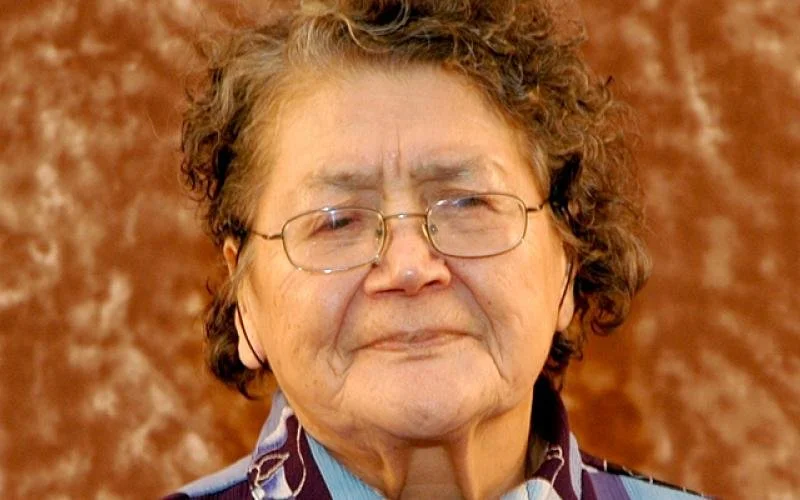Christianne Morris
A Mi’kmaq Artist Whose Quillwork Reached the British Royal Collection
Christianne Morris, (c1804 – 1886), was an amazing Mi’kmaq artist and crafts person, known especially for her skill at porcupine quillwork. Extremely talented, she held a very respected position in 19th century Nova Scotia.
Born Mali Christianne Paul Mollise in Stewiache, Nova Scotia around 1804, she married young and moved to Halifax with her much older husband, Tom Morris. Her husband died early into their marriage, and Morris adopted her orphaned niece, Charlotte, a boy, Joe, raising them on her own. She supported her family by the sale of traditional Mi’kmaq craft, especially quillwork and basketry. While she created a large body of work, only two pieces remain; a wooden cradle decorated with porcupine quills and a pair of snowshoes made for a mayor in Halifax.
After presenting Queen Victoria with a pair of quillwork moccasins, she was granted a piece of land in Halifax, where she build a house and lived there for the reminder of her life. Morris exhibited her work in various Provincial Exhibitions and won several awards for her work, including in 1854, first prize for best full-sized birch bark canoe.
Morris’s influence extended beyond her craft. She was a favourite model for artists and several paintings and photographs exist that have been attributed as portraits of her, though it is sometimes hard to tell if it was Christianne herself or her niece, Charlotte who also was a model.
This stunning cradle was made around 1867 for her friend Reuben Rhuland. The panels match those of a cradle she had earlier made as a gift for the infant Prince of Wales. It features several Mi’kmaw quilling motifs; the Northern Lights and Starfish motifs among them. It also features two central designs of moose in circular panels, a realism that was rare in Mi’kmaw quillwork. In the collection of the DesBrisay Museum in Bridgewater, Nova Scotia.
What Is Quillwork?
Quillwork is the art of using porcupine quills to decorate clothing, containers, and household objects. The quills are softened in water, dyed with natural or later commercial pigments, and then flattened and stitched or woven into place.
For the Mi’kmaq, quillwork was more than decoration. It carried cultural meaning, expressed identity, and demonstrated exceptional skill and patience. Designs often featured geometric motifs, starbursts, and natural forms.
By the early 1800s, quillwork pieces were being collected by settlers and even sent abroad as examples of Indigenous artistry. Christianne Morris’s cradle is one of the most striking examples to survive, an object both beautiful and historically significant.
-
Images
Cronin, Ray (2023). Halifax Art & Artists: An Illustrated History. Toronto: Art Canada Institute. ISBN 978-1-4871-0315-6.
Photograph: Nova Scotia Archives. (n.d.). Mi’kmaw Community Gatherings. Mi’kmaq woman, Mary Christianne Paul Morris, with quillwork. Joseph S. Rogers Nova Scotia Archives Misc: Indians: Photo 48-2 / negative 6154.https://archives.novascotia.ca/mikmaq/exhibit/archives/?ID=106
Reference:
Julian B. and Johnson, V. (2011). Honoring my ancestors. Sweetgrass Arts Centre.
https://sweetgrassartscentre.wordpress.com/2011/12/23/honoring-my-ancestors/Whitehead, Ruth Holmes. 1982. Paul , Mary Christianne (Christina, Christy Ann) (Morris). Dictionary of Canadian Biography, vol. 11. University of Toronto/Université Laval. https://www.biographi.ca/en/bio/paul_mary_christianne_11E.html
You Might Also Like:
Rita Joe
Poet laureate of the Mi'kmaq people.


